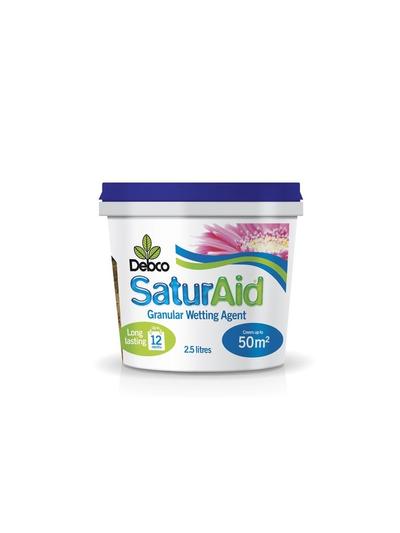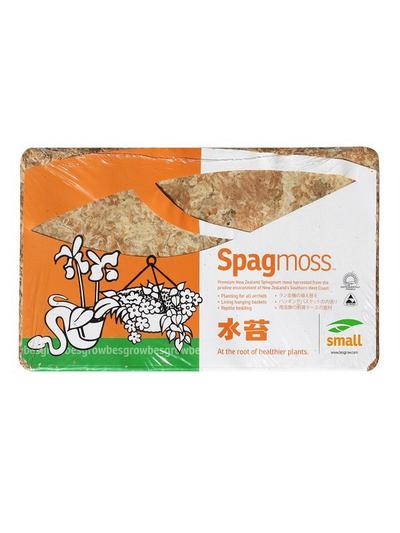
Know Your Soil Type
Understanding your soil type is crucial for adjusting your watering habits. Different soils absorb and retain water differently, so tailoring your watering routine to suit your soil conditions can make a big difference.
- Dry or Compacted Soils: Water for 5 minutes, wait 10 minutes, and repeat. This allows water to penetrate and reach the roots slowly.
- Hot and Dry Soils: Use water retention products like SaturAid or incorporate sphagnum moss to help retain moisture. This is especially useful for container gardens.
Mulch: Your Garden’s Best Friend
Mulch is a fantastic tool for water conservation. It reduces moisture loss, keeps the soil cooler, and suppresses weed growth. Good mulch options include:
- Stones
- Bark
- Pea straw
- Moss
- Weed mat
- Groundcover plants
Mulching not only saves water but also enhances the overall health of your garden by providing a protective layer for your soil.
Water Pressure Matters
To ensure you’re not wasting water, check your water pressure. Here’s a simple test:
- Hold a 1-litre jug under your tap and time how long it takes to fill. If it fills in less than seven seconds, your water pressure may be too high.
- Lower your water pressure to avoid using more water than necessary.
Water Less Frequently, but Deeply
Watering less often encourages plants to develop a deep root system, which makes them more drought tolerant. To water efficiently:
- Water the roots, not the foliage. Give the plant a good soak of 15-20 seconds or more to help water seep deep into the soil.
- In summer, water every 4-7 days, but more frequently for potted plants. This deep watering helps the roots search for moisture and establishes a strong root system.
Avoid Sprinklers
Sprinklers are often an inefficient way to water your garden. Instead:
- Hand water or use a weeper soak hose to deliver water directly to the plant’s roots. This ensures the water goes where it’s needed most.
When to Water
The timing of watering is essential for minimising evaporation and avoiding fungal diseases:
- Early morning or late afternoon is the best time to water. This minimises evaporation during the day’s heat and allows water on the leaves to evaporate, reducing the risk of fungus infections.
Lawn Watering Tips
- Mow your lawn in a higher setting. This helps reduce evaporation and keeps the lawn from drying out as quickly as possible.
- Water for longer, less often. This encourages deeper root growth. Avoid frequent, short watering sessions, as they can result in a shallow root system.
Choose the Right Plants
Selecting drought-tolerant plants suited to your soil and climate will reduce the need for frequent watering. If you’re unsure which plants are right for your garden, visit us with pictures of your space, and we’ll help you select the best options.
Here are some plants with low-water requirements that thrive once established:
- Euphorbia
- Sedum
- Lomandra
- Rosemary
- Arctotis
- Bergenia
- Gazania
- Verbena
- Geranium
- Phlox
- Aubretia
- Pimelea
- Westringia
- Yucca
- Grevillea
- Coprosma
- Nasturtiums
- Lewisia
- Nandina
- Cistus
- Ceanothus
- Hebes
- Livingstone Daisy
- Portulaca
- Olives












